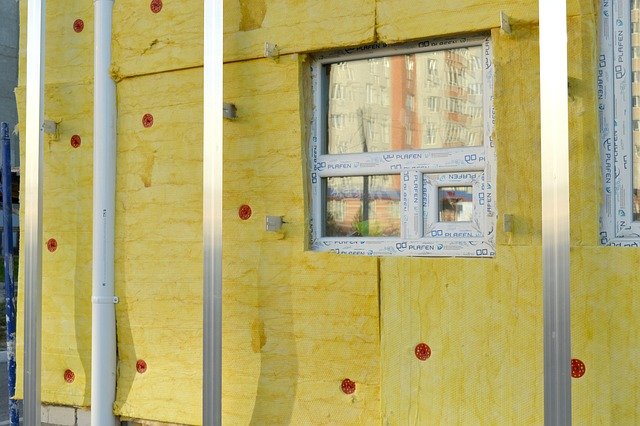Unmasking the Health Potential of Art Therapy
Art therapy is an approach that harnesses the power of creative expression as a tool for healing, personal growth, and wellness. Often overlooked in traditional health discussions, art therapy offers a unique intersection of psychology, visual arts, and therapeutic practice. This article delves into the world of art therapy to explore its historical background, scientific credibility, benefits, and challenges.

A Brush with History: The Genesis of Art Therapy
Art therapy traces its beginnings to the mid-20th century when psychiatrists, educators, and artists began to consider the therapeutic benefits of art. Psychiatrists observed that artworks created by patients could provide insights into their mental state and emotional issues. Artists, on the other hand, found that their creative process had therapeutic qualities, leading to the establishment of art as a form of psychotherapy.
The Science of Creativity: Art Therapy Today
Today, art therapy is recognized as a legitimate therapeutic practice backed by a growing body of research. Neurological studies suggest that art-making can affect brainwave patterns, hormones, and neural activation, influencing emotions and behavior. This is particularly beneficial for those grappling with mental health challenges, traumatic experiences, or chronic health conditions.
The Canvas of Benefits: Advantages of Art Therapy
Art therapy provides an expressive outlet that fosters self-discovery, emotional release, stress reduction, and improved self-esteem. It can aid in the management of chronic health conditions, enhance cognitive abilities, and promote psychological healing. Unlike traditional talk therapy, art therapy enables individuals to communicate feelings and experiences that may be difficult to articulate verbally.
Palette of Challenges: Art Therapy Limitations
Despite its many benefits, art therapy is not without its challenges. It requires access to trained art therapists, which may not be readily available in all settings. Some individuals may also find it challenging to engage in the creative process due to preconceived notions about artistic ability or discomfort with emotional vulnerability.
Art Therapy in Practice: Research-Driven Recommendations
Art therapy can be integrated into a holistic wellness routine in various ways. This could involve seeking out a professional art therapist, utilizing art-based mindfulness exercises, or simply incorporating more spontaneous creative activities into one’s daily routine.
Paint Your Path to Wellness: Practical Insights
-
Start Small: Start with simple, accessible art activities like coloring or doodling.
-
Focus on the Process: Remember, it’s not about creating a masterpiece. Focus on the process and the feelings it evokes.
-
Be Open: Allow yourself to express whatever comes up, even if it’s uncomfortable. Art therapy promotes emotional release.
-
Seek Professional Guidance: If possible, seek out professional guidance to navigate the process, especially when dealing with intense emotions or trauma.
In conclusion, art therapy offers a unique and evidence-based approach to wellness, blending creativity with psychological insight. While it may not replace traditional health strategies, it can serve as a powerful supplement, offering therapeutic benefits that extend beyond the canvas. By understanding and embracing the potential of art therapy, we can explore new dimensions of health, wellness, and personal growth.




